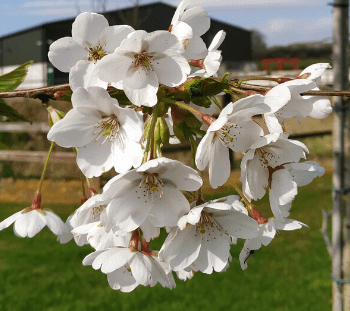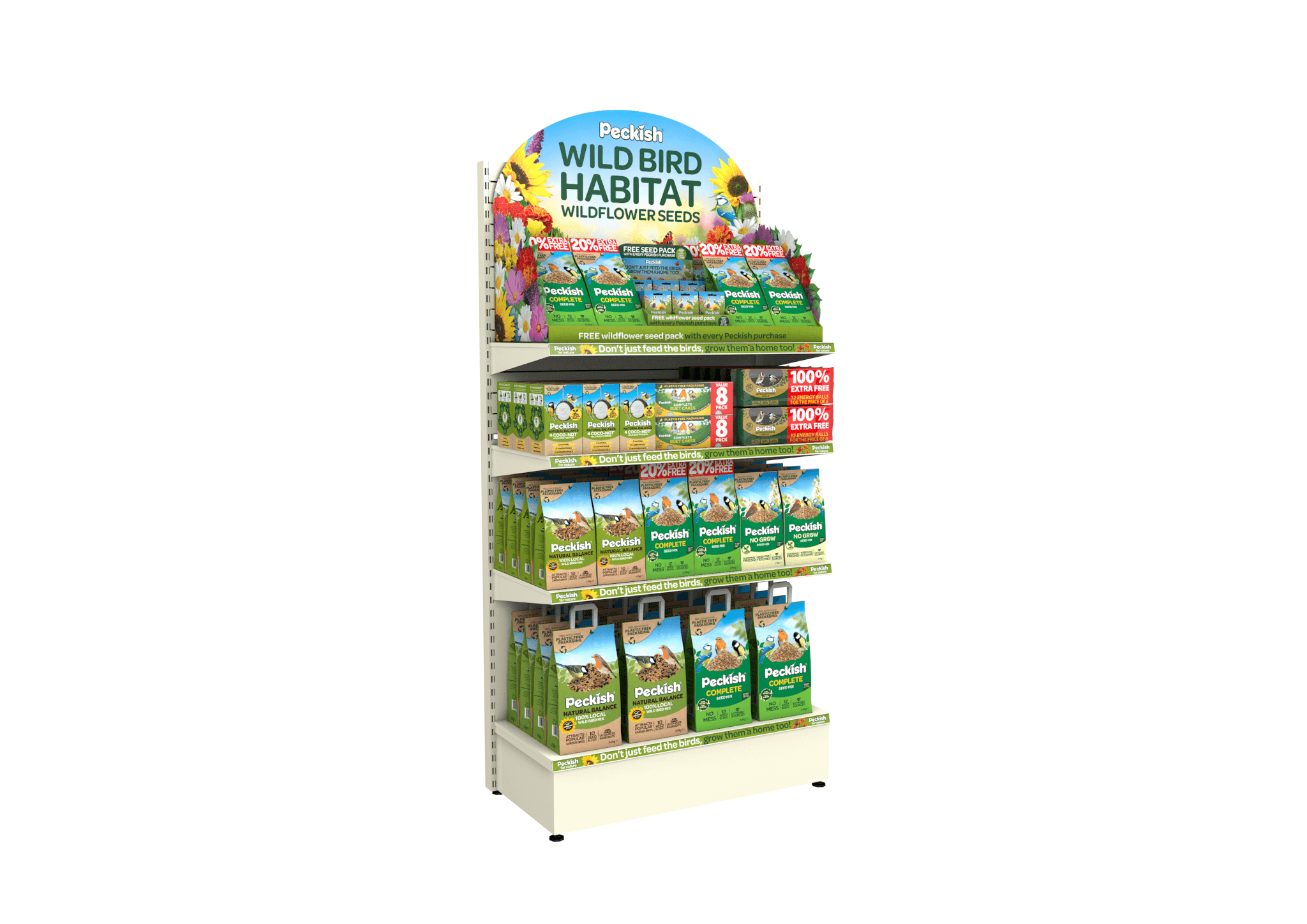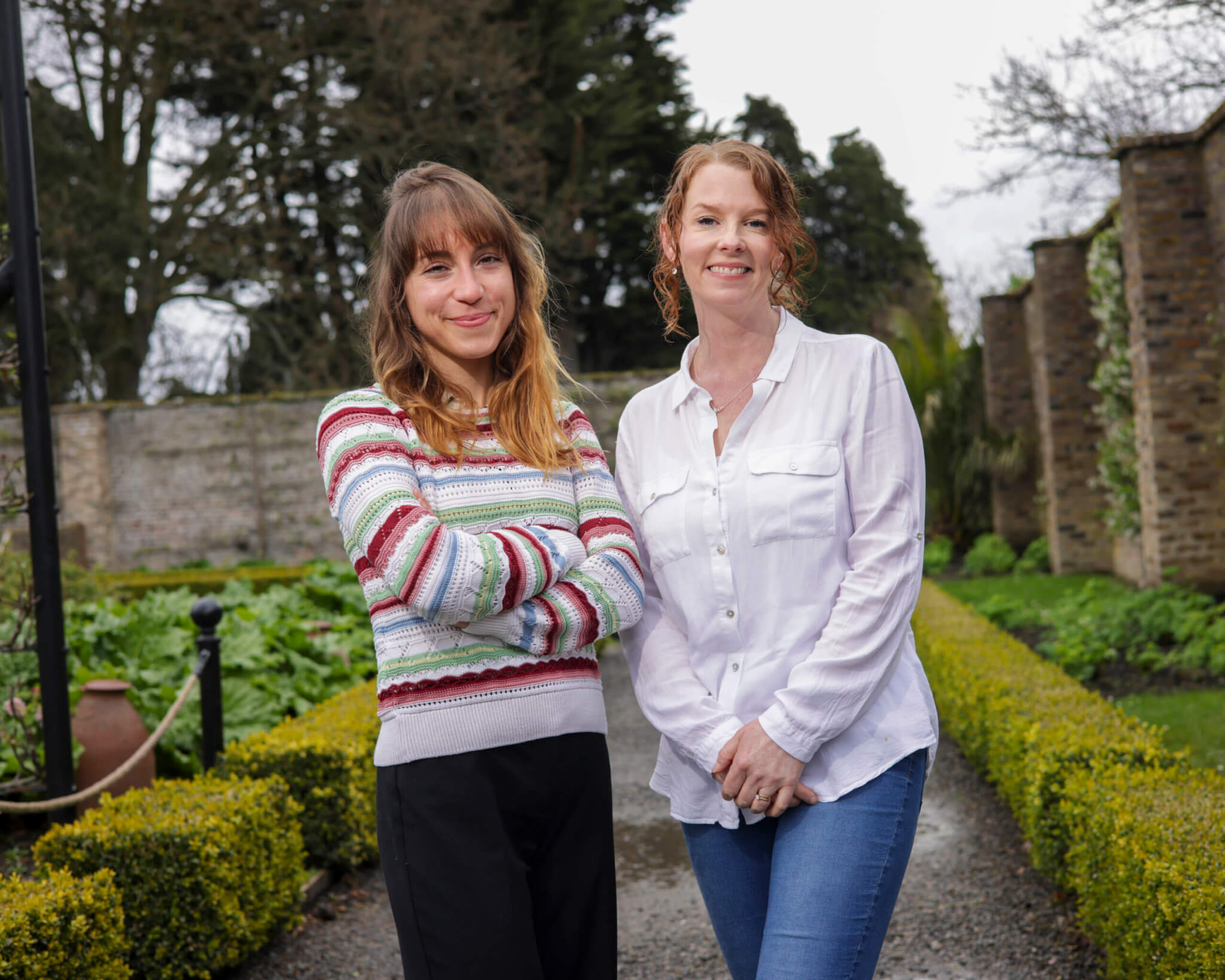How education in Teagasc adapted to Covid-19, what the future holds for Ashtown

Deirdre Walsh and James Brady of Teagasc provide us with insights into how Covid-19 has impacted education norms at the College of Amenity Horticulture, as well as updates on Ashtown and what the future holds for the campus.
8 April 2020
The below accounts are from Deirdre Walsh and James Brady, technicians at Teagasc, discussing the impact Covid-19 has had on education at the College of Amenity Horticulture; Ashtown, the future, and maintaining perennials and flower beds. If you would like to share your story on Covid-19, get in touch with us here.
The educational challenges and opportunities during a pandemic
by Deirdre Walsh
Amid these uncertain and unpredictable times, the Teagasc College of Amenity Horticulture in the Botanic Gardens, like other educational institutions, finds itself faced with many challenges as our traditional classrooms have turned into virtual ones overnight.
Staff and students have undertaken a digital leap as we embrace new technologies and strategies to achieve our learning outcomes. The pandemic has accelerated the necessity to move toward online learning.
Lecturers are now delivering their classes through our dynamic learning platform, better known as Moodle. From this platform, students have access to all their course content and can contact their lecturers directly if they have any questions.
Through increased adoption of the Moodle platform, we are on track to complete our summative assessments through online examination formats in May, and this will be a first for the college.
Throughout these unprecedented times, we have used the much talked about Zoom application to maintain live video chats with our students overseas.
It has proved a useful tool in allowing us to keep them up to date with what is happening in the college, as well as keeping them abreast of current Covid-19 related guidelines and government advice.
We are also planning to host several “Quarantine Quizzes” using the Zoom platform to maintain contact in a fun and sociable way with our student population.
Many opportunities have arisen with the move to online learning: it has provided an impetus to think beyond the conventional teaching methods that we have become so accustomed too.
It will also provide students with the ability to expand their learning potential in a world where we all have to work and study remotely – this will help to ensure continuity in their education.
Zoom, Slack, Doodle, Padlet, and Moodle; we have certainly embraced all platforms and applications over the last number of weeks. These portals have afforded multiple options to ensure contact with our students is maintained and course content delivered successfully.
More than ever, our social networking platforms are an essential tool to connect with our students, increasing awareness about the college and updating them with current information about their courses.
What’s happening in Ashtown
by James Brady
There’s an eerie silence throughout the gardens of the Ashtown campus as we find ourselves within an uncertain and unprecedented time.
Mother Nature however, excels in all her glory regardless of what surrounds her with glistening gems bursting into flower such as Prunus × yedoensis, giving hope of what botanical joys awaits us upon our return.
We have great plans for Ashtown in the coming months with lots of projects to keep us busy. Our students haven’t rested on any laurels this year having propagated thousands of plants over the last few months for use throughout the campus.
One main project we will focus on this year will be the planting of the lawns surrounding the carpark with sustainable planting. We want to move away from the green dessert which exists and replace it with plants to encourage birds, insects, and wildlife to the site.
This will also act as a vital resource in highlighting to students the importance of sustainability in horticulture and the options which exist to embrace sustainability.
The introduction of wildflower areas brings a reduction in the necessity to maintain traditional lawns allowing us to reduce our use of lawnmowers in a bid to lower our emissions. This is something we are focusing on over the next few years and it’s important that our students are at the forefront of this.
Springtime is also hype of activity in the garden; there are lots of jobs to keep on top of now so that we can reap the rewards later in the year.
Growing colourful flowers from seed is one of the most rewarding tasks we can carry out as a gardener. Sweet pea, cleome, cosmos, sunflower and many more seeds can all be sown now under protection and planted out when the risk of frost has past.
It’s also a good time of year to divide herbaceous perennials into smaller clumps allowing them to thrive better. Once perennials are a few years old their centres tend to become congested and their growth declines.
This means your beautiful rudbeckia, for example, will have fewer flowers and weak growth. By splitting the rudbeckia and replanting the younger outer plants found on the edge of the clump you’ll have lots of young, fresh, rejuvenated plants for the garden.
Remember to support taller herbaceous perennials now allowing the new growth to grow through the supports and hiding them from view; plants like delphinium, rudbeckia, Dahlias, thalictrum, and campanula lactiflora will all require staking.
Remove any weeds now from beds and borders to prevent competition for moisture and nutrients. It’s also a good time of year to apply a layer of mulch or garden compost to your beds and borders when the soil is moist. This will help maintain moisture levels in the soil and prevent weeds from growing ensuring the beds are more aesthetically pleasing.



 Print
Print








Fans 0
Followers